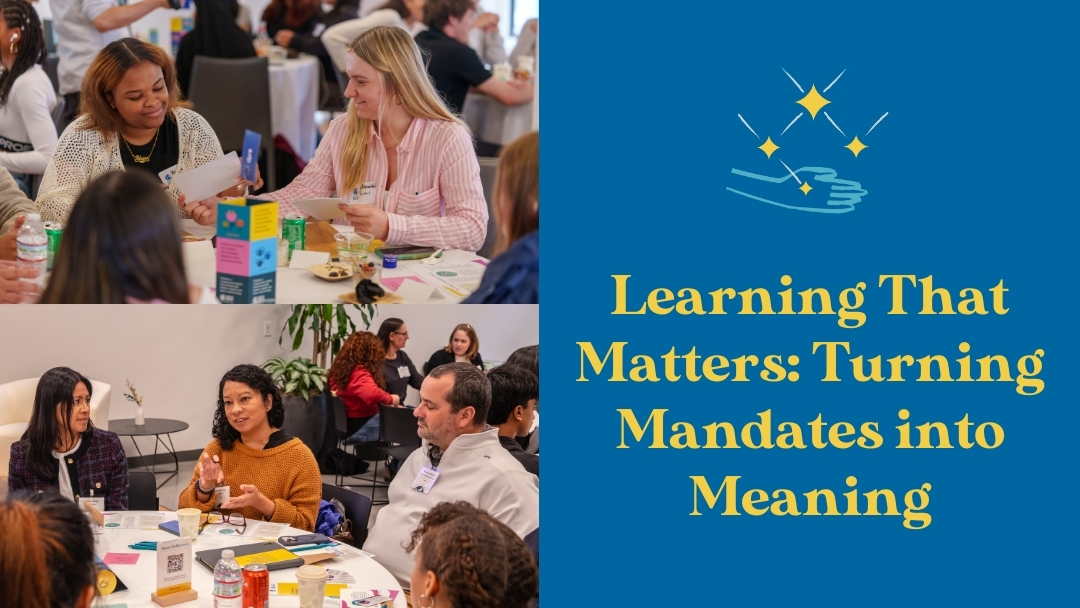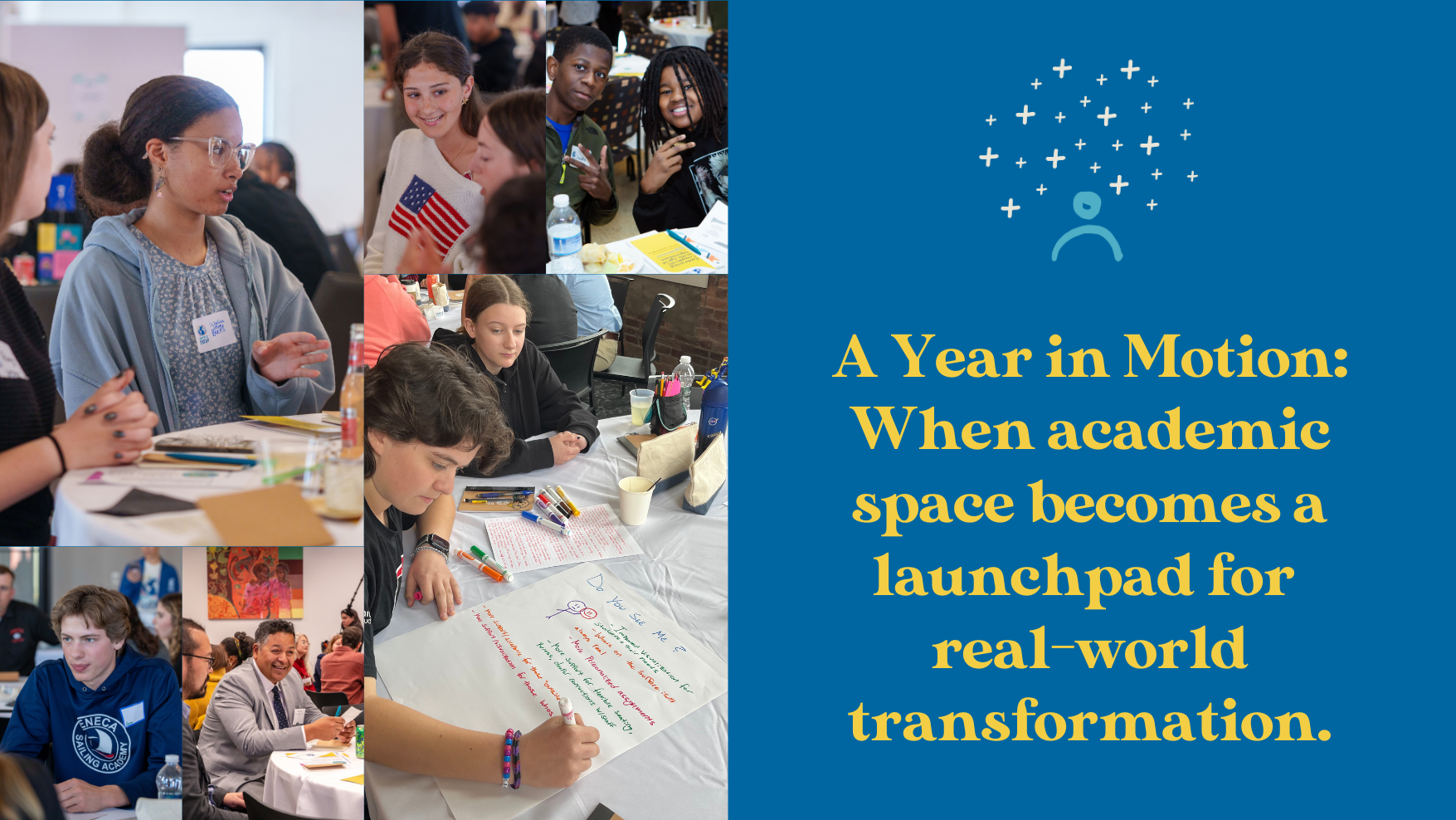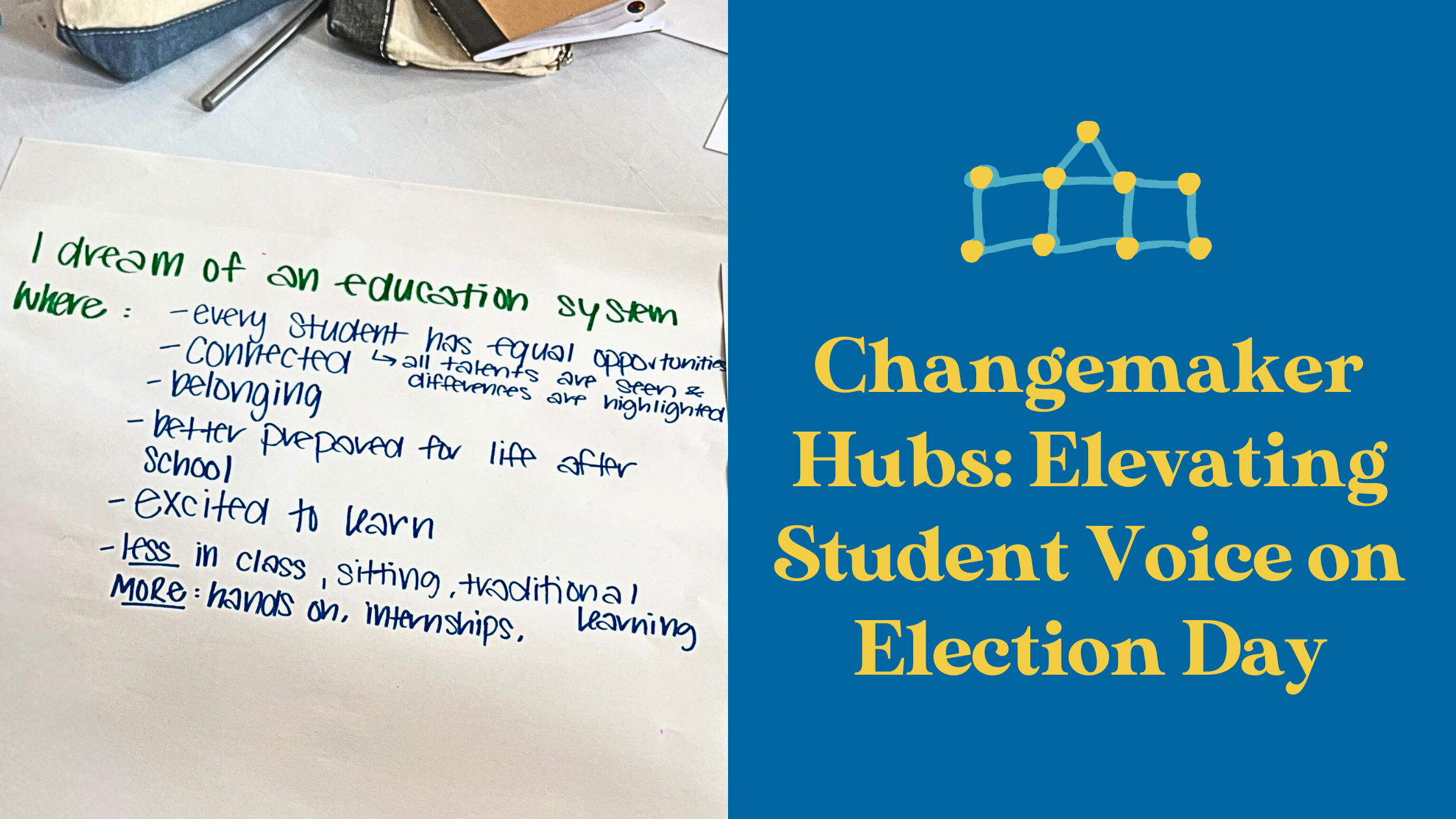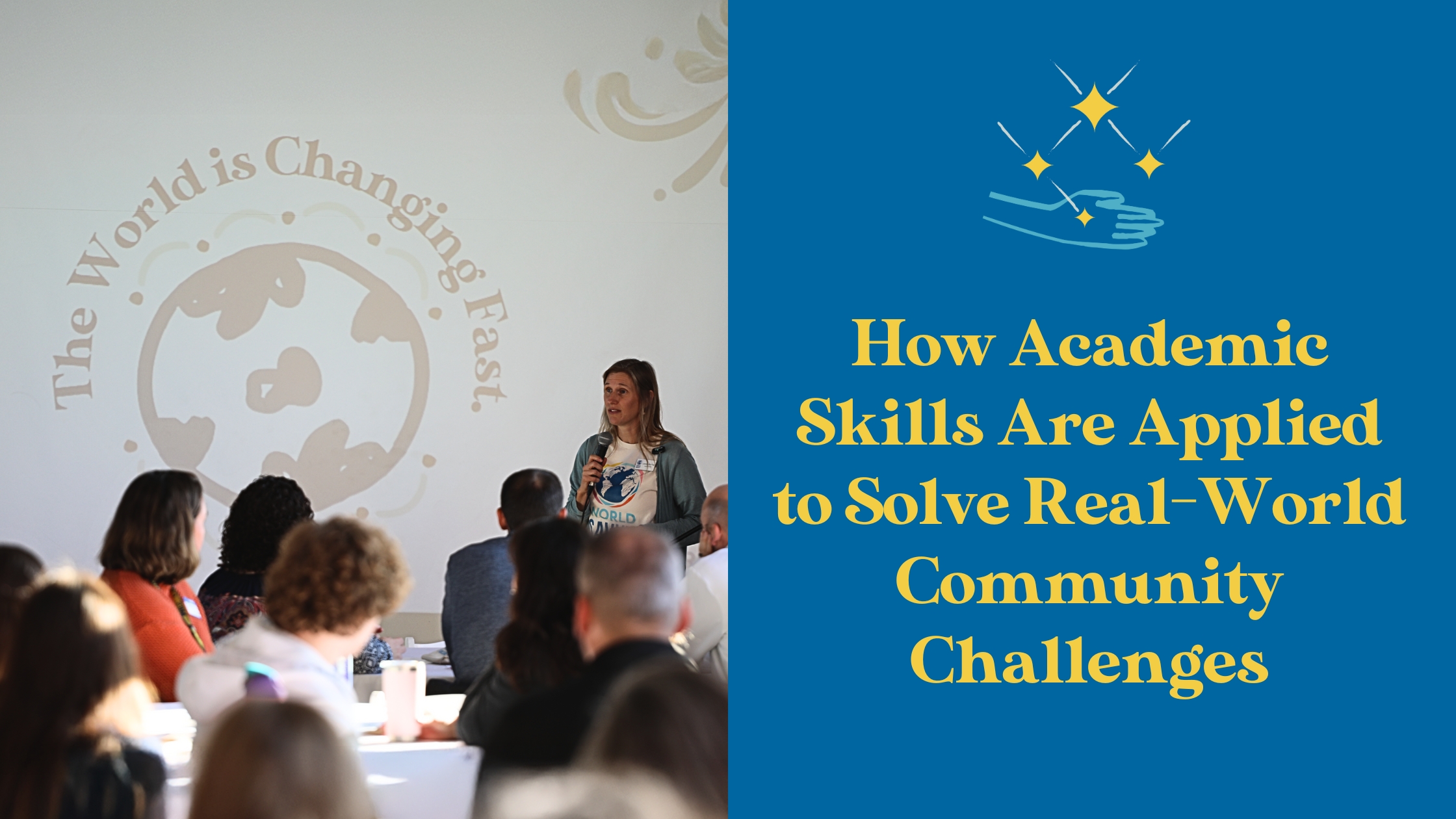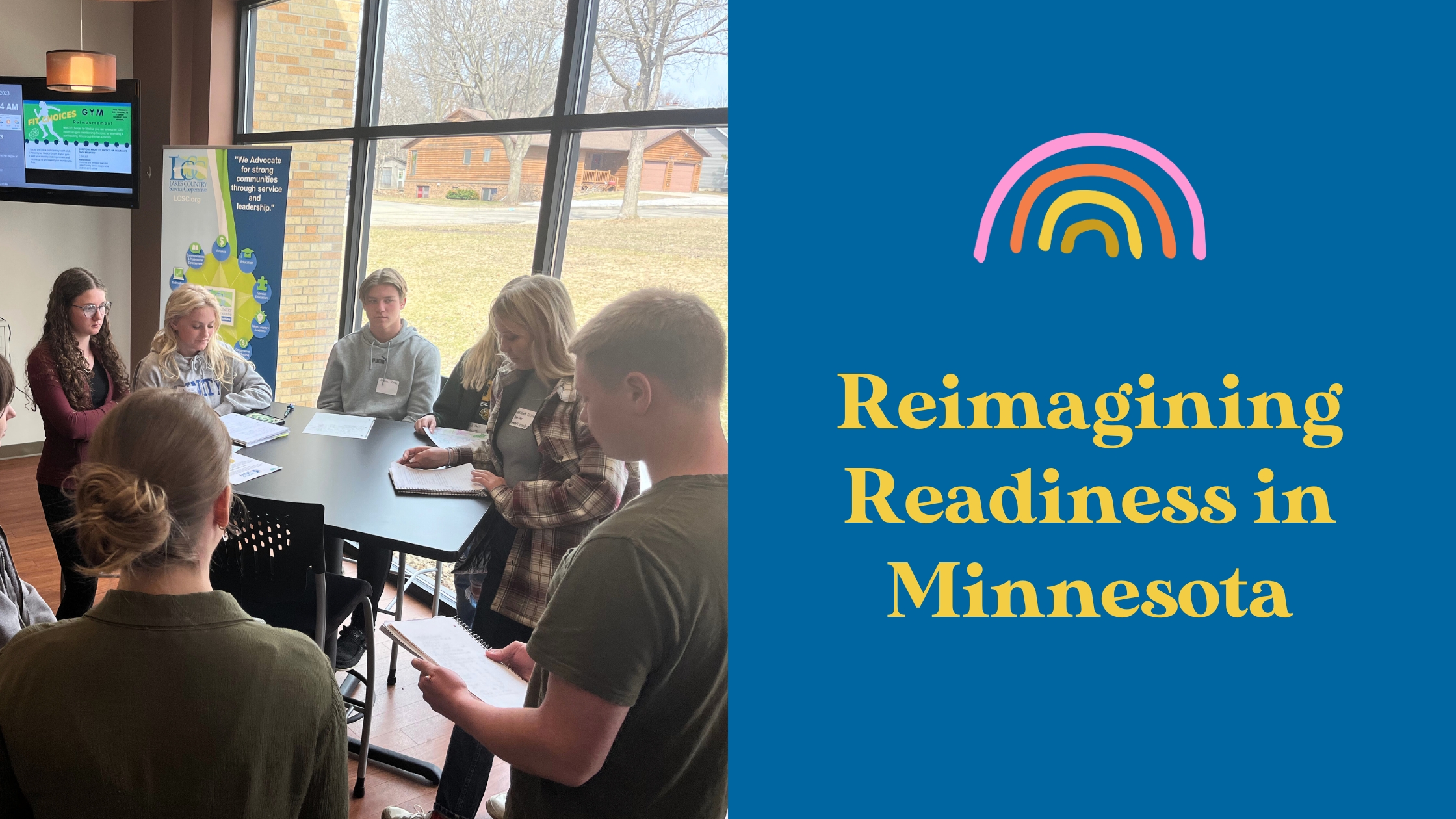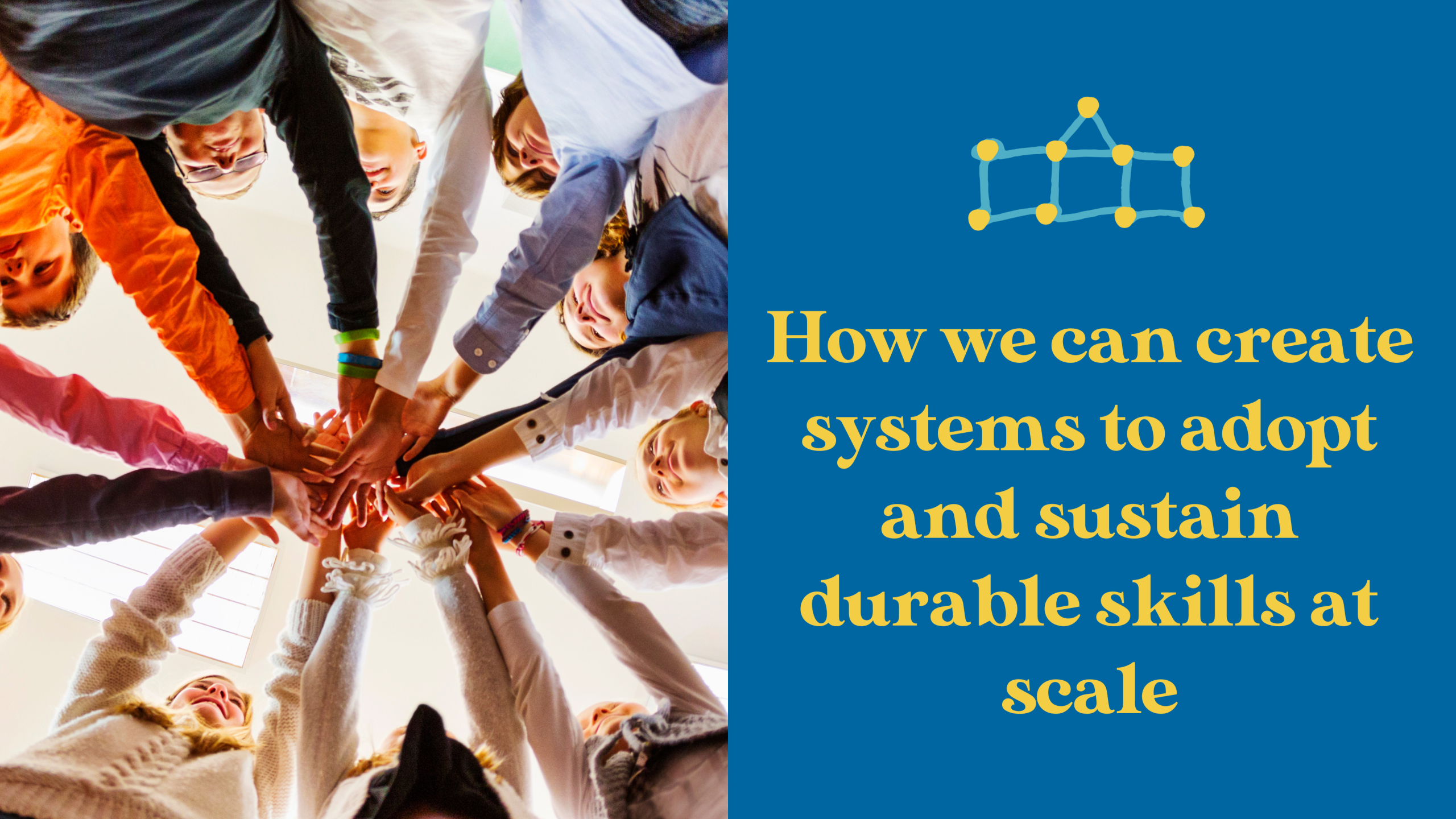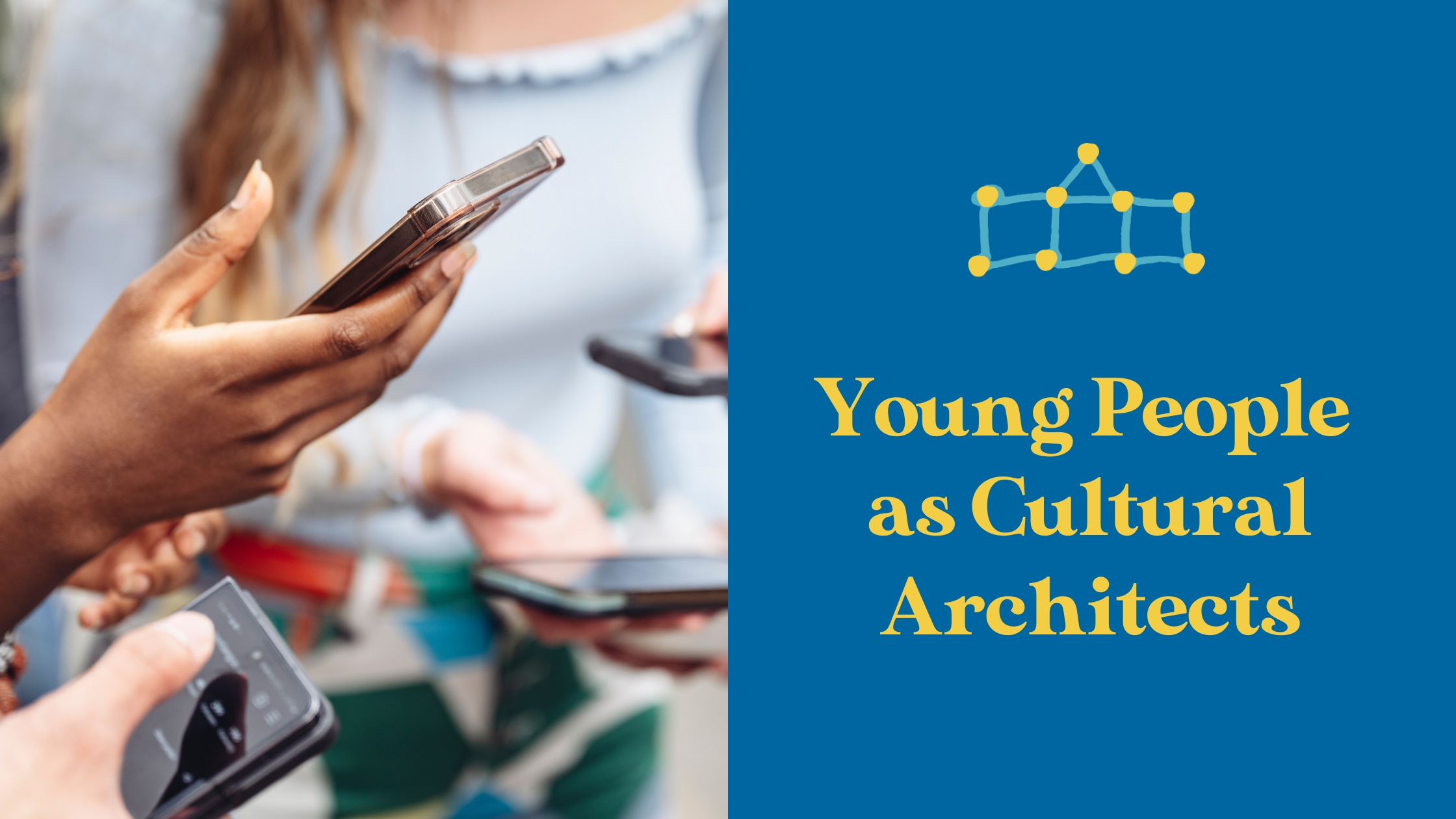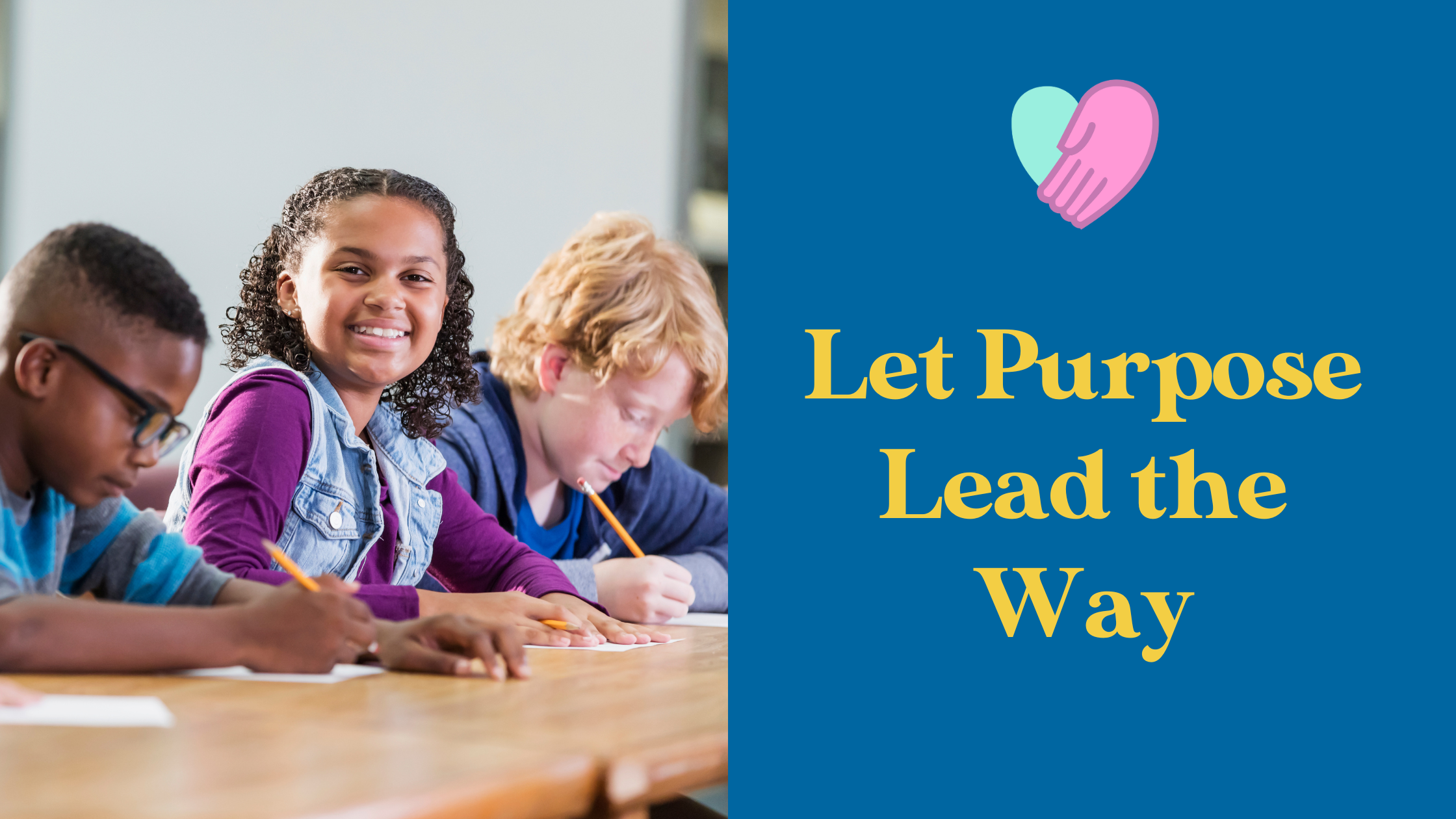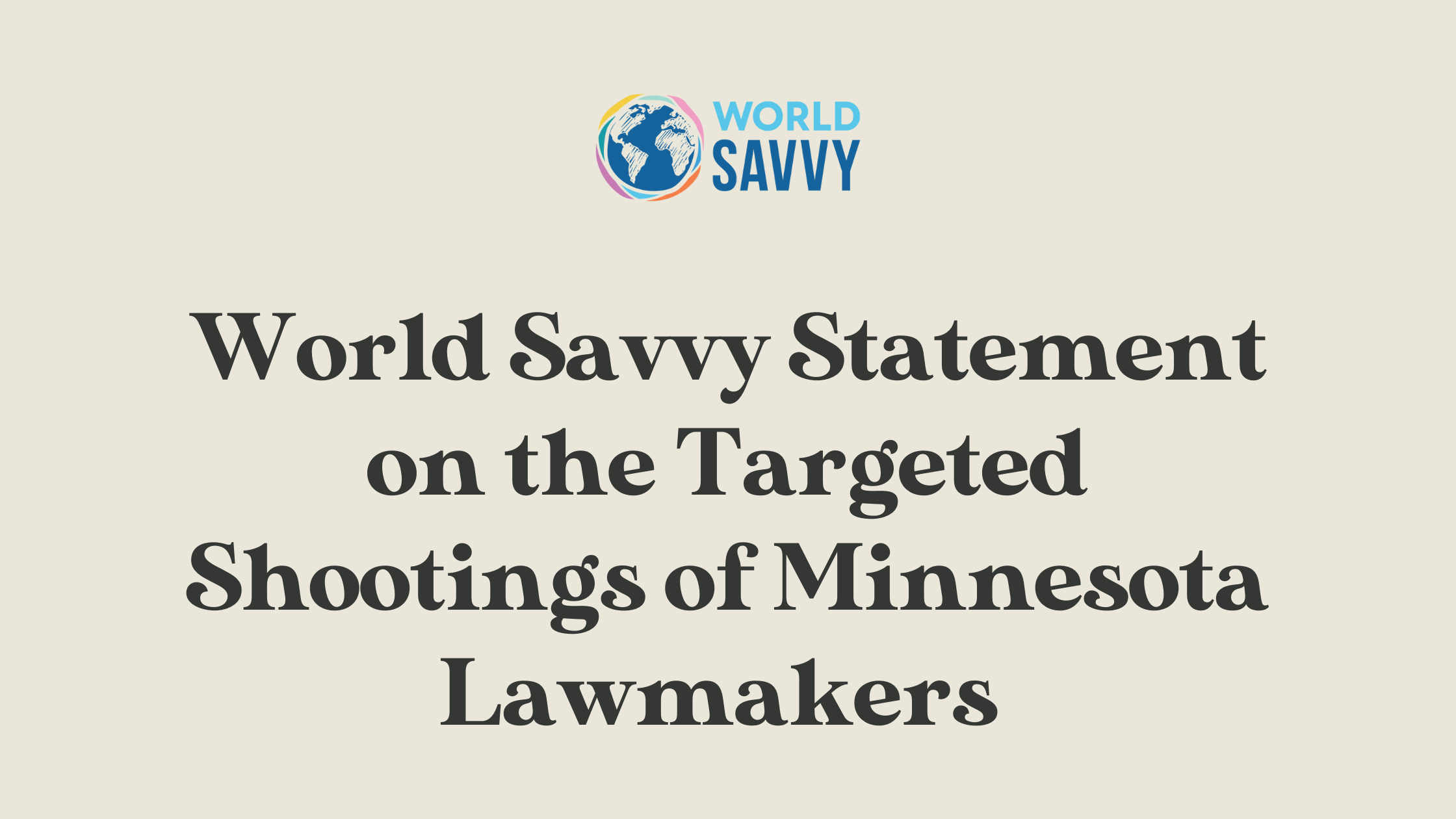Schools today face high expectations. Teachers are being asked to implement new curricula, participate in ongoing professional learning, and meet growing accountability measures. At the same time, districts are focused on ensuring students meet clearly defined standards. Compliance and High-Quality Instructional Materials (HQIM) sit at the top of the priority list, and the pressure to get it right is real.
At World Savvy, we understand that reality. We do not come in with a separate agenda. Our goal is the same as the schools and districts we partner with: helping educators and students succeed within the systems they are already navigating.
The difference is how we support that success.
HQIM and required frameworks provide an essential foundation for instruction. But without intentional support, even strong materials can feel rigid or disconnected from students’ lives. World Savvy works alongside teachers to bring required content to life. We help educators embed student voice, real-world challenges, and culturally responsive practices into the lessons they are already expected to teach.
One powerful example comes from Ms. Awo Salad, an 8th and 9th-grade teacher at a STEM-focused charter school serving a predominantly East African, Somali-majority student population.
In Awo’s classroom, standards-aligned instruction became a way for students to engage with issues directly affecting their communities. With World Savvy’s coaching and tools, students analyzed articles to better understand their rights and the broader social and political context shaping their lives. They then created informational and uplifting posters focused on knowing one’s rights, countering misinformation, and affirming community dignity.
These were not just classroom assignments. They were public-facing pieces, soon to be displayed in a local Somali mall.
“The impact was immediate,” Awo shared. “Students were more engaged because the work mattered to them personally.”
Awo also described how dialogue frameworks, questioning guides, and sentence stems helped push students toward deeper, more critical thinking, especially around global issues, identity, and justice. The quality of classroom conversations shifted. Students became more thoughtful, more confident, and more willing to engage with complex ideas.
What changed was not the standards. It was how students were invited into the learning.
This is what it looks like when compliance becomes a doorway rather than a constraint.
World Savvy’s approach is rooted in listening. Over time, we have recorded and reflected on the voices of hundreds of students across the country. Students consistently ask for learning that feels relevant, affirming, and connected to the world beyond school.
Our work helps educators translate that understanding into daily practice. Student agency and purpose are not added on. They are integrated into existing goals and expectations.
The impact is tangible. Students remember lessons where their ideas mattered, where collaboration felt real, and where learning connected to their lives. These experiences support academic outcomes while also building confidence, skills, and a sense of belonging.
Turning mandates into meaning does not require lowering expectations or abandoning required frameworks. It requires rethinking how existing tools, content, and professional learning can be used to create purposeful learning experiences. Experiences that prepare students for life beyond the classroom.
As Awo put it, “As a Somali-majority, East African-majority school, we are deeply committed to becoming learned, engaged citizens of this country. Our students have so much to give back. We are educating the next generation of engineers, doctors, and leaders who will shape our communities with knowledge, empathy, and intention.”
This is the work World Savvy partners with schools to do every day. We help educators meet their mandated goals while creating classrooms rooted in relevance, agency, and purpose.
When this happens, students do more than meet expectations. They exceed them. They feel capable, connected, and prepared to contribute meaningfully to their communities and the world around them.
